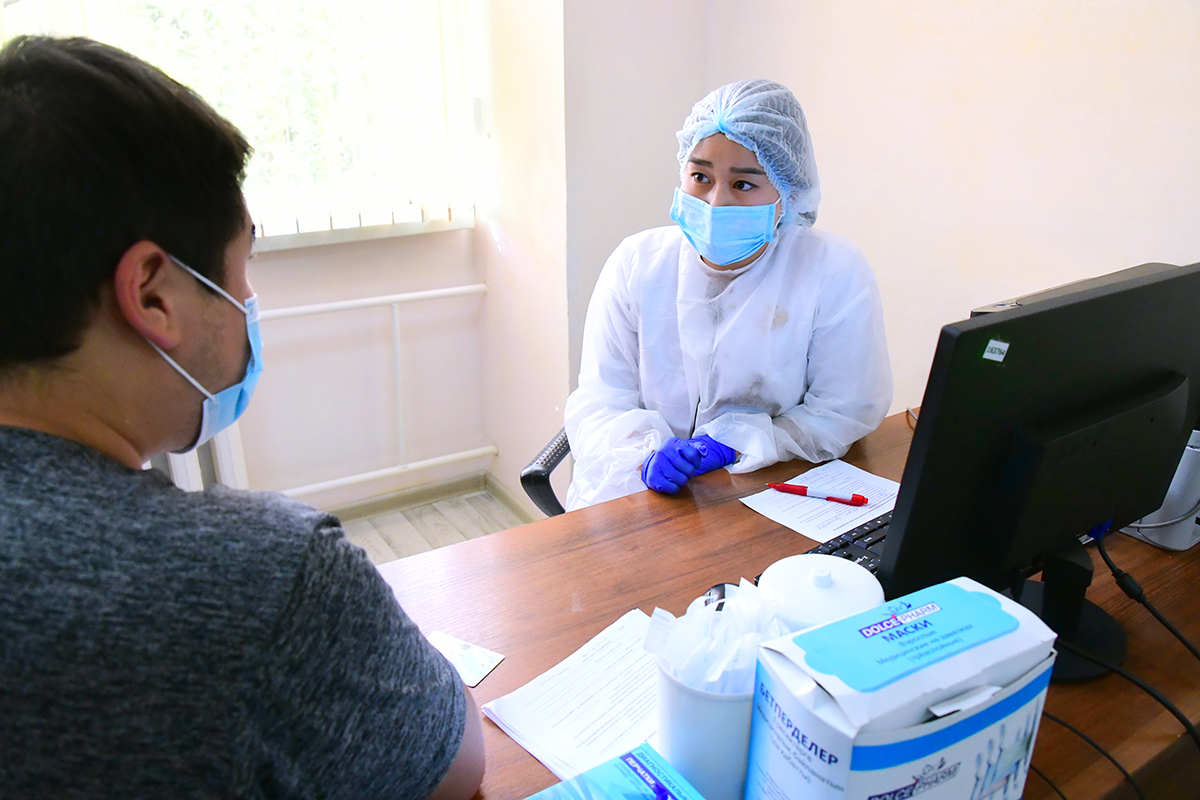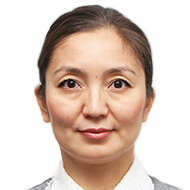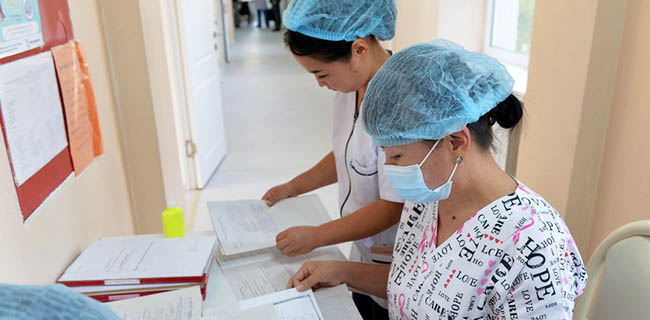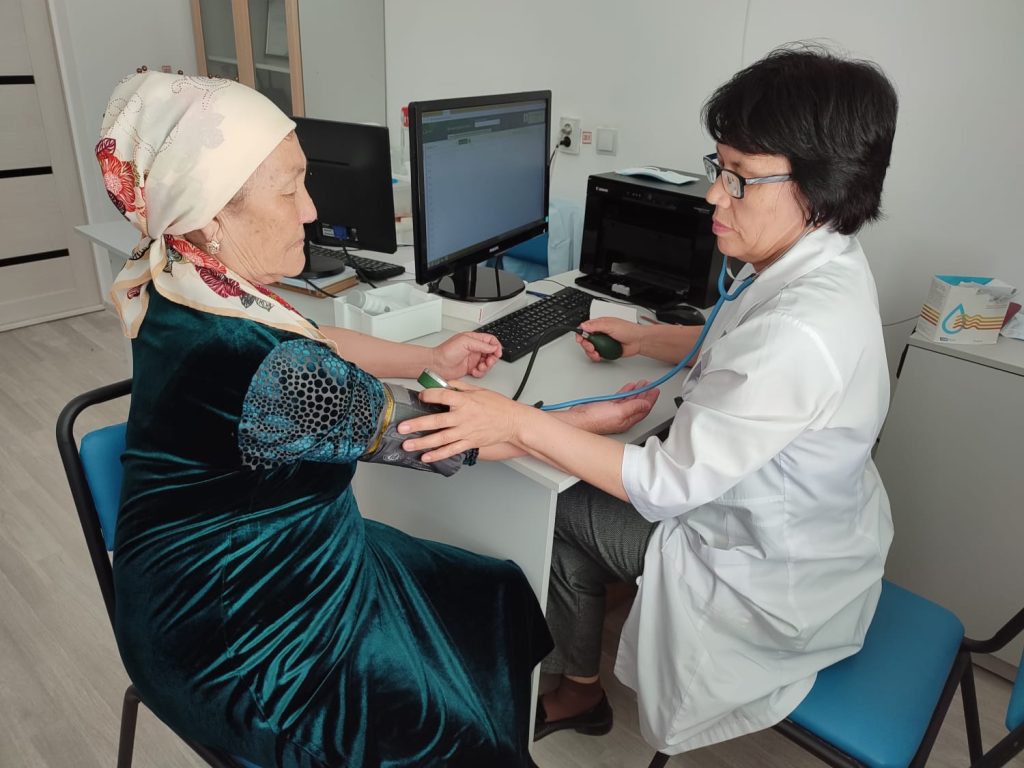The Social Health Insurance Fund (SHIF) of Kazakhstan has reported that since the launch of the national mandatory social health insurance on January 1, 2020:
- the number of fully insured people — those who have access to both the guaranteed services basket and the insured services basket — has increased from 15.87 million people in 2020 to 16.6 million in 2023. However, due to a proportional increase in the total population number, the percentage of fully insured people has stayed the same, at 84%
- the healthcare budget has increased from 1 to 2.5 trillion tenge,
- expenses per resident increased more than 2 times – from 56 thousand ($125 international dollars) to 122 thousand tenge ($272 international dollars) per person per year, and
- the volume of new services covered by insurance increased by 7 times.
New services that were covered with insurance since the reform launched, replacing the out-of-pocket payments that had to be borne prior to the reform, included computed tomography services, MRI, other diagnostic examinations, certain consultations by specialized doctors – and the their volume has increased seven-fold.
The Social Health Insurance Fund (SHIF) mentioned the recent introduction of full coverage (access to fully insured status) to those who have not paid their contributions in the past but are ready to pay 12 future months’ contributions so that past unpaid fees are forgiven. By the way, even if a person does not have access to the “insured services” basket, any person in Kazakhstan is covered by the “guaranteed” basket of health services, coverage for which is at 100% by definition. The “guaranteed” benefits basket includes comprehensive primary health care and emergency care.
SHIF press service reported: “We are seeing increased awareness among citizens. If earlier there were more questions about what this insurance is and why I need it, now people ask why he is not given a referral to the medical service required for medical reasons, they demand that waiting periods be shortened. Realizing the benefits that can be gained by being insured, many make contributions themselves to obtain the status”.
SHIF believes the introduction in 2022 of the possibility of obtaining status by paying contributions for 12 future months and removing the debt for the previous year were helpful to increase the rate of the insured people, but despite the increase in the number of the insured, their percentage remained unchanged between 2020 and 2023. Other work done to expand coverage includes meetings with the public to explain employers the need for timely payment of insurance contributions for employees; more employment opportunities for the economically active population while providing coverage to the disabled residents as a vulnerable population group. While the central budget (national budget) already covers more than 50% of the population who are in the protected groups (such as retired people, the disabled, the children, the pregnant women, the officially registered jobless people, the students, etc.) the issue of coverage for additional disadvantaged categories is under consideration by all interested government bodies to potentially charge the local executive bodies with the responsibility to pay contributions to new protected groups.
Image en haut de page : Prestataire de soins de santé au Kazakhstan avec un patient. Source : Primeminister.kz










